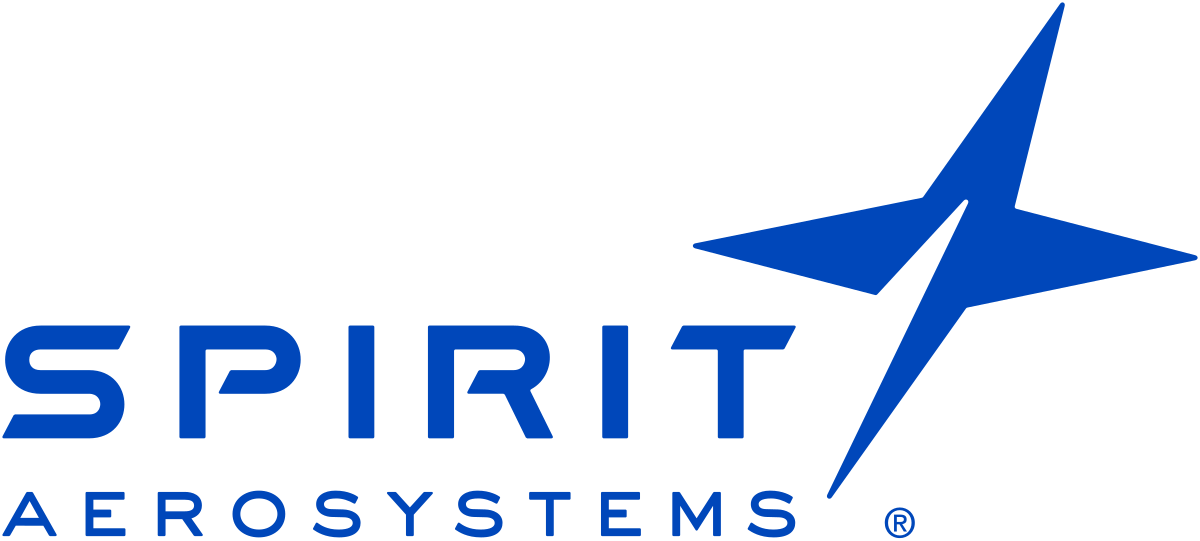

Published Date : 2025-Jun-17
The global aircraft door market is soaring toward innovation and efficiency as the aviation industry rebounds and expands in the post-pandemic era. Aircraft doors—essential for passenger safety, cargo access, and emergency egress—are evolving with lightweight materials, automation, and smart technologies.
The market is poised to grow from US$ 6.06 Billion in 2024 to US$ 10.33 Billion by 2032, at a CAGR of 6.9% (2024-2032).
In this blog, we present the top leading companies shaping the future of aircraft doors in 2025, along with industry insights, trends, and projections.

The Global Aircraft Door Market is taking off with renewed vigor in 2025, fueled by the resurgence of commercial aviation, advancements in aerospace materials, and the increasing need for aircraft modernization. Aircraft doors are not just structural components—they are integral to safety, accessibility, and operational efficiency.
This blog delivers an in-depth overview of the aircraft door market’s current landscape, key segments, leading trends, regional dynamics, and the companies at the forefront of innovation and supply.
Aircraft doors include passenger doors, cargo doors, emergency doors, and service doors. They are critical for flight safety, pressurization, and accessibility. With growth in commercial aviation, defense spending, and aircraft production, demand for advanced, durable, and lighter doors is climbing.
Market Value (2024): Approx. $6.06 billion
Projected Market Value (2032): Approx. $10.33 billion
CAGR (2024–2032): Approx. 6.9%
Key Drivers:
Rising global air travel demand
Fleet expansion and replacement of aging aircraft
Growth in low-cost carrier networks
Innovations in composites and lightweight materials

Headquarters: Toulouse, France
Founded: 1970
Employees: Approx. 134,000
Revenue (2024): $84 billion
Key Focus: Passenger & emergency doors for A320, A350, A380 series
Highlight: Integrates lightweight, composite-based doors in next-gen aircraft

Headquarters: Arlington, Virginia, USA
Founded: 1916
Employees: Approx. 140,000
Revenue (2024): $78 billion
Key Focus: Cargo & passenger doors for 737, 777, 787 Dreamliner
Highlight: Advanced cargo door automation systems in freighter models

Headquarters: Paris, France
Founded: 2005
Employees: Approx. 83,000
Revenue (2024): $25 billion
Key Focus: Aircraft landing gear & doors (through Safran Cabin)
Highlight: Manufactures plug doors, overwing exits, and integration systems

Headquarters: Berwyn, Pennsylvania, USA
Founded: 1993
Employees: Approx. 10,000
Revenue (2024): Approx. $2.9 billion
Key Focus: Composite cargo doors, pressure bulkheads, and hatch systems
Highlight: Supplies to Boeing and Airbus across commercial and defense lines

Headquarters: Toulouse, France
Founded: 1917
Employees: Approx. 4,500
Revenue (2024): Approx. $700 million
Key Focus: Passenger and service doors, especially for Airbus
Highlight: Expertise in fuselage and door integration for narrow-body aircraft

Headquarters: Haifa, Israel
Founded: 1966
Employees: Approx. 18,000
Revenue (2024): Approx. $5.2 billion
Key Focus: Advanced military aircraft access doors and systems
Highlight: Custom defense-grade door systems for UAVs and fighter jets

Headquarters: Stockholm, Sweden
Founded: 1937
Employees: Approx. 20,000
Revenue (2024): Approx. $4.8 billion
Key Focus: Defense aircraft doors and subsystems
Highlight: Innovating lightweight composite doors for Gripen fighter series

Headquarters: Connecticut, USA
Founded: 1964
Employees: Approx. 5,000
Revenue (2024): Approx. $1.3 billion
Key Focus: Aircraft engine nacelle components and cargo doors
Highlight: Precision-manufactured door components for commercial aircraft

Headquarters: Wichita, Kansas, USA
Founded: 2005
Employees: Approx. 18,000
Revenue (2024): Approx. $5.6 billion
Key Focus: Door frames, pressure bulkheads, and composite fuselage doors
Highlight: Major supplier of fuselage sections with integrated door systems

Headquarters: Tokyo, Japan
Founded: 1884
Employees: Approx. 78,000
Revenue (2024): $40 billion
Key Focus: Regional jet door systems and structural components
Highlight: Supplied main entry doors for SpaceJet and Boeing aircraft
Largest market due to major OEMs (Boeing, Spirit AeroSystems, Triumph)
Significant military aircraft programs
Focus on automated and composite-based doors
Driven by Airbus and defense aircraft manufacturing
Advanced material innovation and regulatory leadership
Fastest-growing region
Expansion of indigenous aircraft programs in China, India, and Japan
Growing MRO and tier-1 supplier base
Niche markets focused on regional fleet expansion and military upgrades
Passenger Doors
Cargo Doors
Emergency Doors
Service Doors
Landing Gear Doors
Commercial Aircraft
Military Aircraft
Business Jets
Regional Jets
Aluminum
Composite
Titanium
Hybrid Materials
OEMs (Original Equipment Manufacturers)
MROs (Maintenance, Repair, and Overhaul)
Defense Organizations
Airlines
Lightweighting with Composites: To reduce fuel costs and emissions
Smart Door Technologies: Automated locking systems and real-time monitoring
Aircraft Fleet Expansion: Demand from Asia-Pacific and low-cost carriers
Additive Manufacturing: 3D printing of door components for design flexibility
Increased MRO Demand: Retrofit and repair of older aircraft doors
Automated Plug-Type Doors in new-generation aircraft
Intelligent Emergency Exit Systems with sensors and diagnostics
Composite-Intensive Cargo Doors reducing total aircraft weight
Virtual Reality Door Testing during the design phase
1. What is the main function of aircraft doors?
Answer: They provide entry, exit, and pressurization capabilities, ensuring safety, access, and emergency egress.
2. Why are composite doors important?
Answer: They reduce aircraft weight, fuel consumption, and carbon emissions while maintaining structural integrity.
3. Who are the top aircraft door manufacturers?
Answer: Major players include Airbus, Boeing, Safran, Triumph Group, Latecoere, and Spirit AeroSystems.
4. What types of aircraft doors exist?
Answer: Common types include passenger, cargo, emergency exit, service, and landing gear doors.
5. What trends are shaping the market in 2025?
Answer: Key trends include automation, composite adoption, smart sensors, and rising demand from Asia-Pacific.
The aircraft door market in 2025 reflects the broader transformation of the aerospace sector—toward lighter, smarter, and more efficient solutions. From OEMs like Boeing and Airbus to niche specialists like Latecoere and Triumph Group, the market leaders are pushing boundaries with innovations in materials, automation, and safety. As global aviation recovers and grows, aircraft door systems will play a pivotal role in defining the next generation of air travel.
IMIR Market Research is a global market intelligence and consulting organization that provides syndicated research reports, customized research reports, and consulting services. We are known for our actionable insights and authentic reports in various domains including, Semiconductor, aerospace, Automation, Agriculture, Food & Beverages, Automotive, Chemicals and Materials, and virtually all domains and an exhaustive list of sub-domains under the sun. We create value for clients through our highly reliable and accurate reports.
Contact Us: IMIR Market Research Pvt. Ltd.
Email: sales@intellectualmarketinsights.com
Call Us: +1 (814) 487 8486